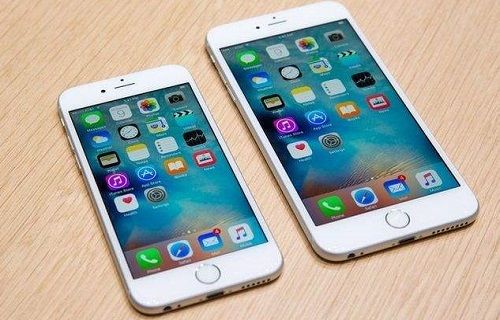It seems really odd, but according to some tests by online outlets, iPhone 6S models may have differing battery lives based on which internal components have been used in the construction of the phone. As you may already know, the parts inside these phones are often not always made by the same manufacturer – products may vary from handset to handset.
SEE ALSO: Facebook Introduces Reactions as ‘More Expressive Like Button
The big problem in the case of the 6S is the internal SoC, or ‘system on a chip’ – the single internal chip that comprises most of the major internal components of the phone. The SoC usually includes processor, memory and other main components. The drama which has been whipped up recently suggests that the 6S SoC manufactured by a company called TSMC has better performance, and more battery life, than a more common SoC manufactured by Samsung.
According to sources, running the phone at a consistent high workload means the TSMC chip averages out at having two hours more battery than the Samsung manufactured chip. In theory this stands up as evidence for the TSMC model being superior, however the tests aren’t exactly ‘fair’ – in the sense that they force the chip into overdrive constantly without a break. Normal phone operation just isn’t like that.
SEE ALSO: Harry Potter Enhanced Editions Now Available on iTunes
Apple was quick to pick up upon the nature of the tests, hitting back with a statement clarifying that yes, there is a difference between the chips, just not a very big one.
With the Apple-designed A9 chip in your iPhone 6s or iPhone 6s Plus, you are getting the most advanced smartphone chip in the world. Every chip we ship meets Apple’s highest standards for providing incredible performance and deliver great battery life, regardless of iPhone 6s capacity, color, or model.
Certain manufactured lab tests which run the processors with a continuous heavy workload until the battery depletes are not representative of real-world usage, since they spend an unrealistic amount of time at the highest CPU performance state. It’s a misleading way to measure real-world battery life. Our testing and customer data show the actual battery life of the iPhone 6s and iPhone 6s Plus, even taking into account variable component differences, vary within just 2-3% of each other.
Of course, 2-3% isn’t really much of a difference at all, barely noticeable if you run the phone normally… but the thing is the tests did indeed show a noticeable difference between the chips, even though they were overworked at the tests weren’t exactly realistic. Nothing says that differences in the chips may appear down the line as they are used for longer – it really does prove, if anything, that contents in the box may vary.
Source: Techcrunch
Via: TechSpot

